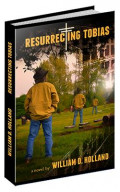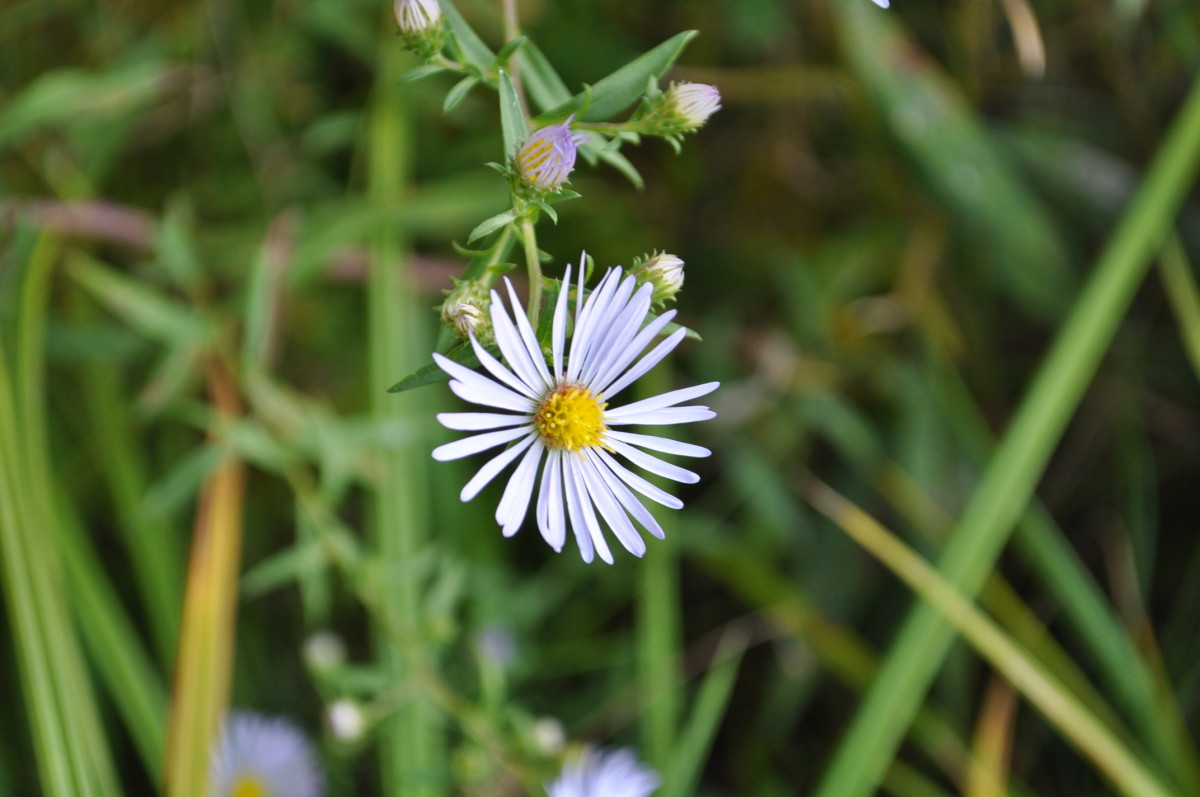How to Write a Good Story, As Taught by My Professor
Helps and Tools
Just as a carpenter or plumber have their tools, to does the writer. Sometimes I just get an idea, and in my head I know what I want to portray, but the right words just won't come into my head, and I end up with a very dry and boring piece.
If you need a word, but cannot come up with the correct sentence try using either a dictionary, or a thesaurus to find exactly what you are looking for. If you are trying to say that the dog was brown, but that sounds really bad, look up brown in the thesaurus. It will give you a list of different colors of brown, or different ways to say brown. This is not only effective, but fun too.
books and literature
read these for fun
Everyone rewrites, to get it right
Most people think that writing a kids book is piece of cake. It is not that easy and for these reasons. You must always remember what age your target reader is, and find and use vocabulary that they will understand. It must tell a story with a moral or learning experience involved in the story. This is not always simple when your audiance is six or seven years old., and the publisher is telling you that the story can only have five hundred words, or the end of it will be lost due to their short attention spans.
Once you have an idea, and you begin to formulate it into a story, on paper with the old fashion pencil, write out a quick outline, so that later on you can refer back to it to make sure you are on track. Plus this gives you a perfect place to fill in words you may want to use to describe specific objects or situations.
Next, on fresh paper, write your first draft of the story. The main idea at this step is to not only make sure that you portray the story and characters correctly, but to not worry about getting it perfect, This is the step used to "overwrite" everything. For example, if you are talking about a creek, this is the place to overwrite, and over describe things. So your draft at this point might read like this-- The creek, stream, was bubbling, rocky, catching the rays of sun, slow and lazy, full of fish, and cold. A field might be described like this--The field,meadow, next to his house was weedy, grassy, patchy, mostly dirt and rocks, and the boy was sure it was full of rabbits, snakes, coins, or flowers.
This is also the place to get very colorful when describing anything. Avoid generic words. You might want the reader to understand that it was summer and that day was very hot. You could say just that, It was a very hot summer day. In the sentence, It was a very hot summer day, every single words in the sentence is considered generic. It might sound better to a reader if you said instead, That afternoon the sun was so intense, that the leaves looked wilted and were turning colors as fall approached. You convey the same meaning, but have painted a much more colorful picture.
The next step is to go back, and again with a pencil, edit out some of the words you decide you do not want. For example in the previous paragraphs, when we were describing the creek, cross out either the creek or the stream, and decide whether you want it to appear to be lazy, slow and full of rocks, or bubbly, reflecting the sun and full of fish.
And finally we come to the final draft, where the story, it's characters and places come together to paint a picture that you want your story to tell. Every good piece of writing, should be rewritten four to five times before you can call it finished.
Lets review the steps we took. The first step was coming up with an idea or plan, and jotting that down in very few words. Next, came the outline. This is the place to make your ideas take a certain order so it forms a story, and being sure to add in any words or thoughts you might want to add later or just not forget.
Then taking the outline, form your first draft of the story, using as many describing words as you can think of so that you have many ideas and pictures to plot your story with. Finally, the last draft you will be making those choices, by taking out words that are generic or boring, and mixing up the most exciting and colorful descriptions you can, and still maintain the storyline.
Try this a few times and you will find that though here it may sound as though it is taking up a lot of time, in the finished product you will be satisfied by how delightful, colorful and exciting the story became in the process. The only thing that I know I left out, is to be sure that while you are using your imagination, be sure you are also having fun doing it.










